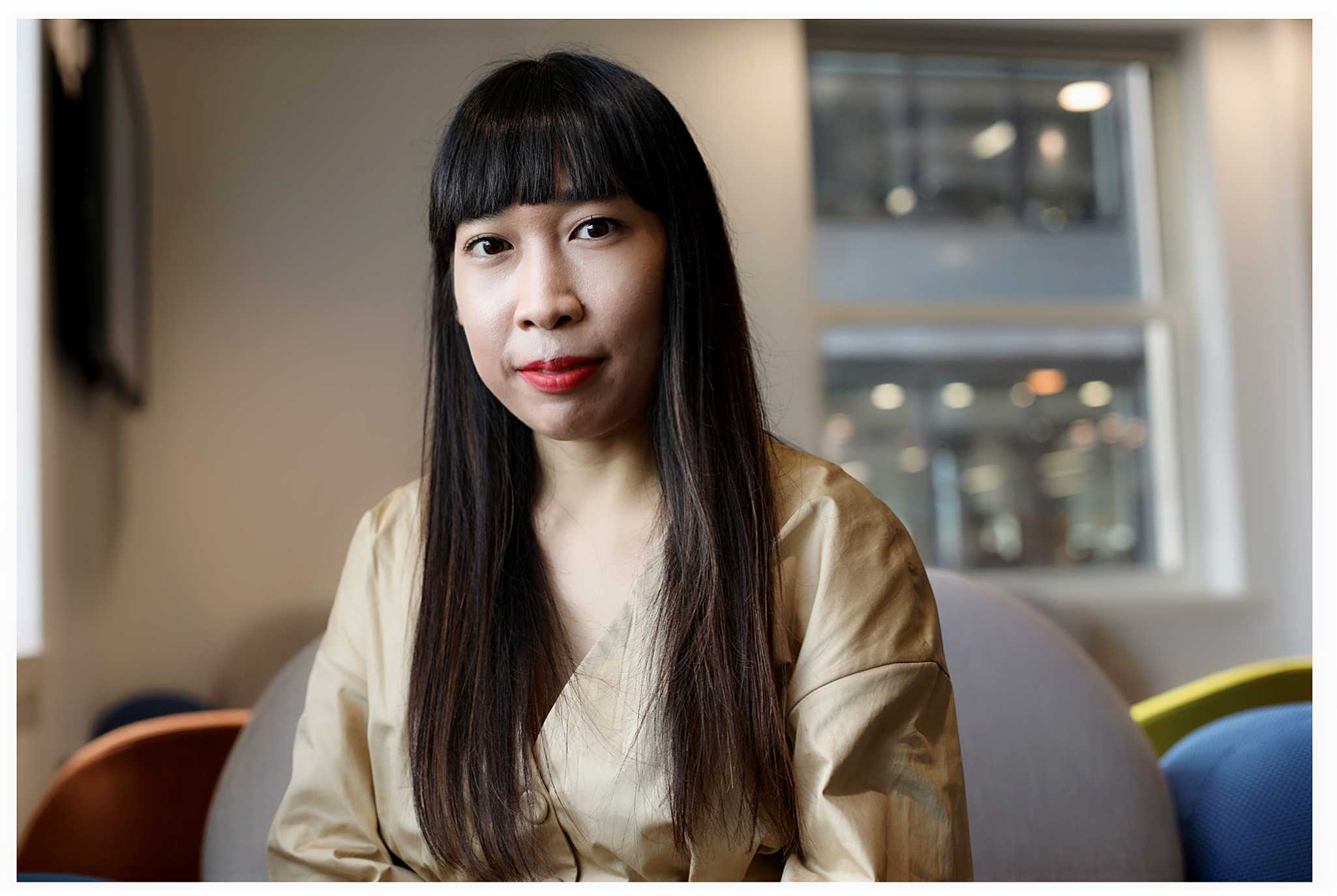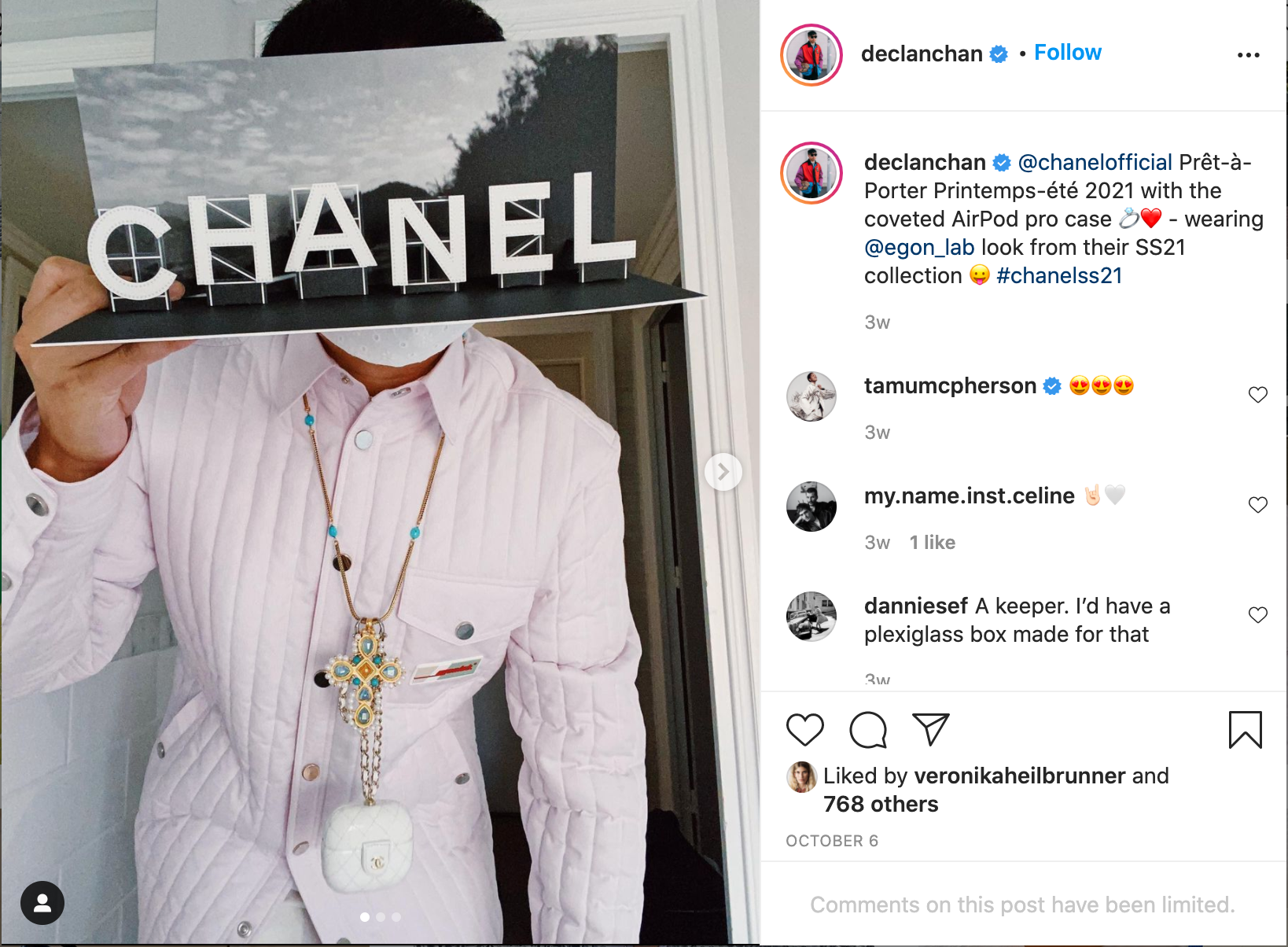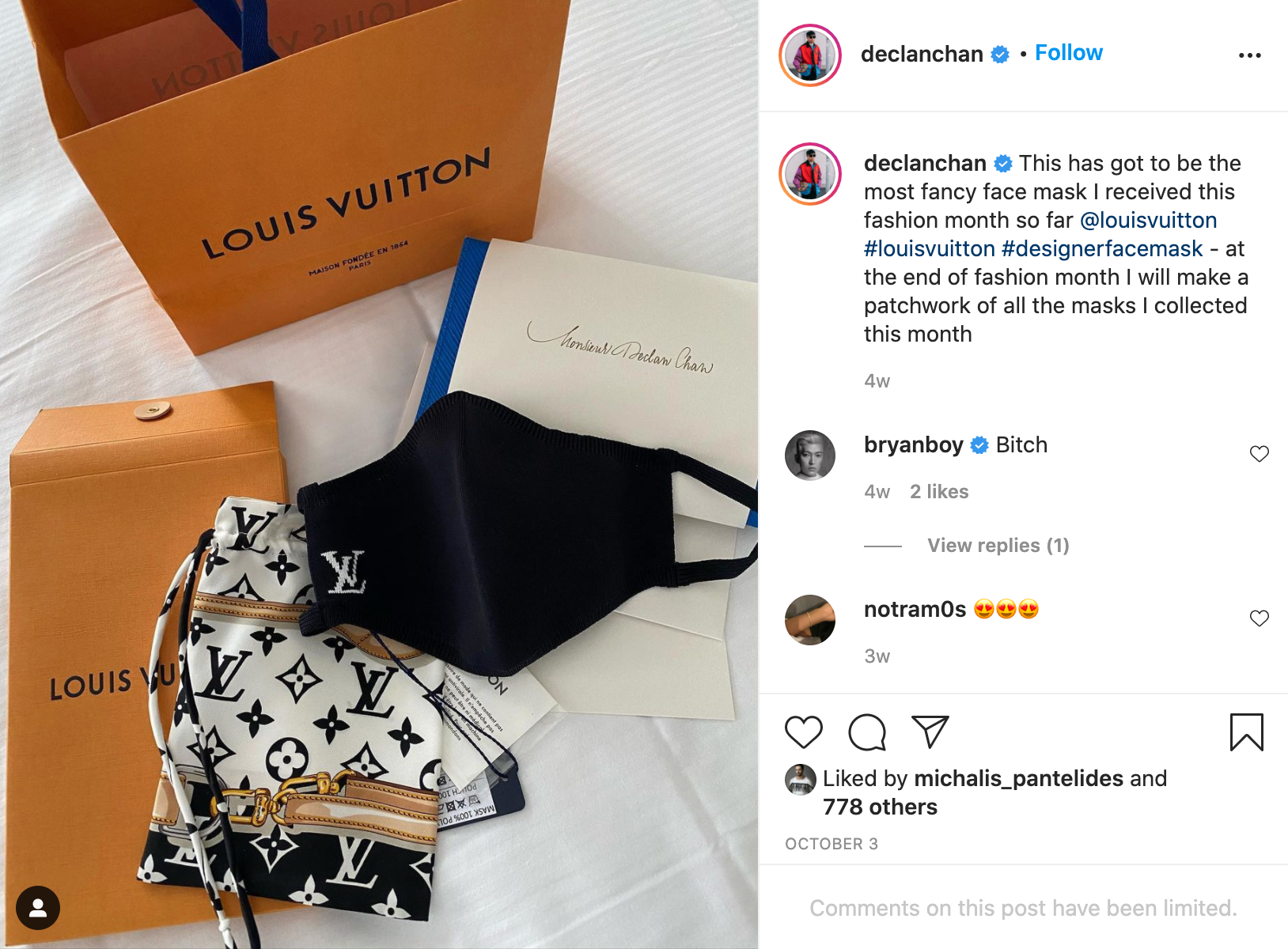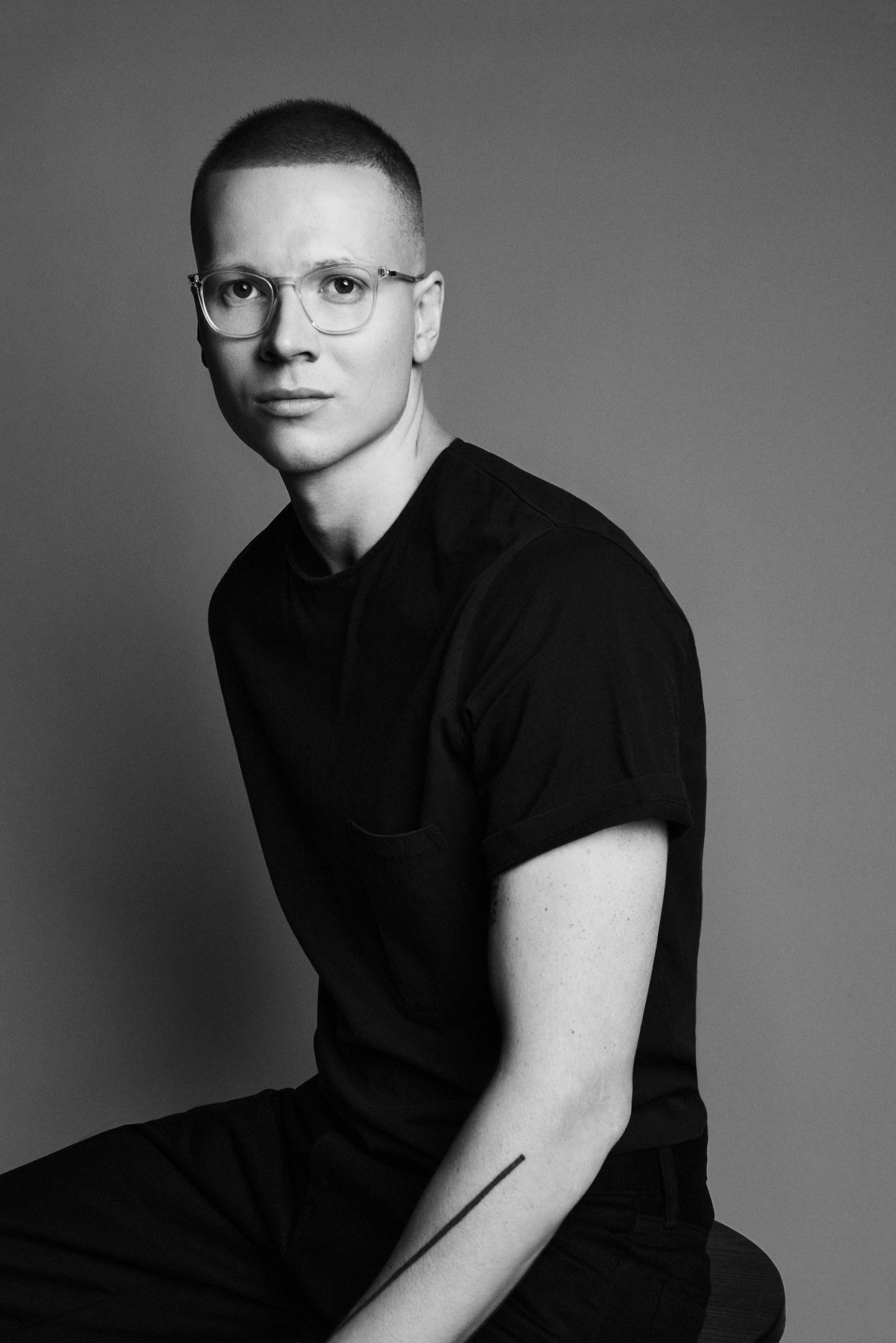Paris Fashion Week for the Spring / Summer 2021 collection ended on October 6th. This season was the first time in a long history that Paris Fashion Week was held on both digital and physical. All 84 brands participated in the official schedule, which consisted of 19 brand runway shows, 20 brand presentations, and 45 brand digital distribution. Since France has implemented border measures against the COVID-19 infection, there are no travelers from Asia and the United States, the number of visitors is one-fourth or less than usual, and the number of seats at each venue has been significantly reduced. “Gucci” and “Saint Laurent” have announced that they will not participate in the official schedule of Fashion Week and will announce their collection at their own timing.
Fashion Week has been changed, which means the media reporting is also being forced to change. I participated in Fashion Weeks in Milan and Paris as every season and had an opportunity to reconsider the role of journalists. For example, what should journalists say about digitally presented collections? It is meaningless to endlessly describe the information obtained through the screen, such as the silhouette and material of clothes. In addition, the momentum of influencers who send out personally via the Internet has become stronger in the last decade, and visual information is sufficiently delivered to the audience. How will journalism change with Fashion Week as digital in the future?
Kati Chitrakorn, retail and marketing editor for Vogue Business, responded to my questions by saying that “Critics have been losing their relevance even before the pandemic,” she continues, “their opinion has less influence than once before. If influencers promote a brand, buyers like the collection, retailers pick it up, and customers are fans, does it matter if a critic gave a poor review? Big brands realize that they no longer need traditional media, and have been allocating their marketing budgets to Instagram and influencers, who can help communicate a brand’s message and whose audiences shop their recommendations.”
Without social media, back then, journalism had the power to influence designers’ success because the conventional media monopolized Fashion Week. Now it only takes a few seconds for everyone to look at a collection online and make their own judgment of whether they like it or not. Kati explains that the purpose of brands in Fashion Week has changed. “In the future, it’ll be more about marketing and selling that product directly to the consumer. It doesn’t mean that journalism doesn’t have a place in fashion today. The best journalists are able to succinctly and objectively put into words why something is relevant, why it’s happening now, what it has to do with what came before, and where things are going. But they have less and less to do with fashion shows, which is a big marketing expense. In future seasons Global Vogue Runway will consolidate its runway coverage and publish just one review for each collection, led by the team in the US. Fewer reviews mean fewer editors are required to attend these shows.” Kati, a business-focused journalist, also told me about how she deals with her job. “I approach things with an analytical eye. It can make people nervous, but the most important thing is that I’m fair and objective. Personally, I’m more interested in the creative and forward-looking things that brands are doing to survive, rather than criticizing their collection or business.”
While restrictions are placed on journalists in digital shows, it is rather a tailwind for influencers who send out personally online. “No matter the show is digital or physical, the role of influencers doesn’t actually change.” Declan Chan, who has about 63k followers on Instagram, said after attending Paris Fashion Week this season. “For me, it is now even more relevant because influencers have the digital audience, which is the target whom the brands want to speak to. And the situation imposes more challenges for the influencer to develop creative formats to present this content. It would be interesting to see how this will evolve.” Declan also shares his opinion that journalists and influencers have different roles and are not competing occupations. “As a reader, I would expect the perspective of journalists is more factual and critical. For the influencer, as an audience, I would really expect to see what sort of creative ways they can come up with to engage the audience with the show content in their own way that works for their audience. With new platforms like TikTok, the narrative can be more creative or even fictional. In short, I think journalists should be more about reporting and influencer more about storytelling. Personally, I take a mix of journalistic approaches with some of my humorous stuff, so it’s easier to digest in a light hearted way. And on top of that, it feels great when brands that you love express their appreciation for what I did for them, the recognition is more important than the flowers, gifts, or paycheck they reward us with.”
Although there are some criticisms of influencers from the people in conventional media, it is true that they have created an important position in the fashion industry. Venya Brykalin, fashion director of Vogue Ukraine, gave an accurate difference between the roles of journalists and influencers. “I feel influencers help people to make their day-to-day choices in a much more efficient and immediate way than magazines can. The whole thing of aspirational consumption and shaping people’s desires have long gone into their domain and I find it exciting. However, I think journalists still have the power of expertise. What important is the perspective and context of what journalists see and how they can attribute that to a bigger picture of what’s happening in fashion on aesthetic and business level but also more generally in the world. I feel helping readers to connect these dots is what makes for great reporting now. We’re obviously seeing less and less room for criticism in the industry because that’s not how people consume information and how they make their choices nowadays. ”
New positions specializing in digital are often in conflict with traditional occupations, not only the fashion industry. Some people want to read the news in newspapers instead of on TV; it shows me that each has different demands and roles depending on the times, and they should not be restraining each other. It is a natural providence that new occupations and services are born one after another, and unnecessary ones are eliminated. Journalism may be at stake now due to the wave of digitalization and the rise of influencers. I believe the original role of journalism is to connect fashion and people from different perspectives by verbalizing invisible information such as how fashion reflects the social situation, the relationship with culture and history, and the designers’ thoughts behind the collection. The value of information in the invisible part will increase, and the true value of journalism should be demonstrated because it is the present age that anyone can watch fashion shows in real-time.








